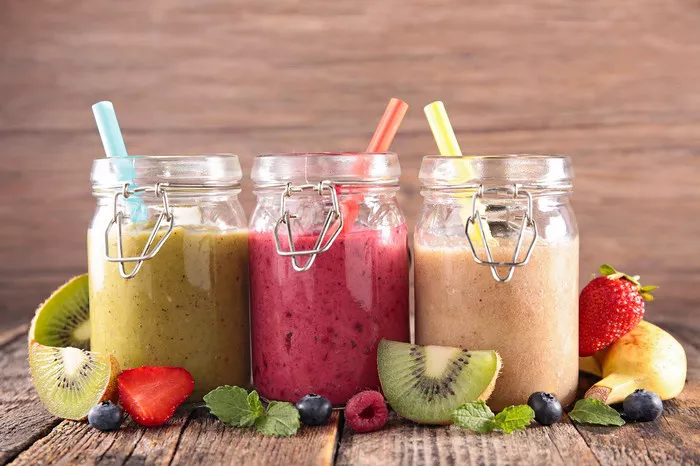Smoothies have become a popular choice for health-conscious individuals looking to boost their nutrient intake in a convenient and tasty way. With a plethora of ingredients available, the possibilities for creating delicious smoothie combinations seem endless. However, not all ingredients are suitable for a smoothie, and some can even detract from its health benefits. In this guide, we’ll explore what ingredients you should avoid adding to your smoothies to ensure they remain nutritious, balanced, and enjoyable.
Understanding the Foundation: Key Components of a Healthy Smoothie
Before delving into what to exclude from your smoothie, it’s essential to understand the basic components that make up a healthy blend:
1. Base: This is the liquid component that provides the smoothie’s liquid base and helps achieve the desired consistency. Common bases include water, almond milk, coconut water, or dairy milk (if tolerated).
2. Fruits and Vegetables: These form the bulk of the smoothie, providing essential vitamins, minerals, and fiber. Fresh or frozen fruits like berries, bananas, mangoes, and leafy greens such as spinach or kale are popular choices.
3. Protein: Adding protein sources like Greek yogurt, protein powder, or nut butters helps make the smoothie more filling and can support muscle recovery and growth.
4. Healthy Fats: Including sources of healthy fats such as avocados, nuts, or seeds (like chia or flaxseed) can enhance the creaminess and satiety of the smoothie.
Sweeteners (optional): Natural sweeteners like honey, dates, or a touch of maple syrup can be added sparingly to enhance sweetness.
The Don’ts of Smoothie Making
Now that we’ve covered the basics, let’s discuss what ingredients should be avoided when making a smoothie:
1. Excessive Sugar One common mistake in smoothie-making is adding too much sugar. While fruits contain natural sugars, it’s important to avoid adding additional sweeteners like refined sugar, syrups, or excessive amounts of honey. This can lead to a spike in blood sugar levels and unnecessary calorie intake.
2. Artificial Sweeteners Similarly, steer clear of artificial sweeteners like aspartame, sucralose, or saccharin. These may be calorie-free, but research suggests they could have negative effects on metabolism and gut health over time.
3. Processed Fruit Juices Using processed fruit juices as a base may seem convenient, but they often contain added sugars and lack the fiber and nutrients found in whole fruits. Opt for fresh fruit or water-based liquids instead.
4. Full-Fat Dairy While dairy can be a good source of protein and calcium, using full-fat versions in excess can add unnecessary saturated fat and calories. Opt for low-fat or non-dairy alternatives like almond milk or yogurt.
5. Canned Fruit Canned fruits are often packed in syrup, which adds extra sugar and calories. Choose fresh or frozen fruits instead to maximize nutritional benefits.
6. High-Calorie Additions Avoid adding calorie-dense ingredients like excessive amounts of nut butters, oils, or sweetened yogurts, as they can turn a healthy smoothie into a high-calorie treat.
7. Uncooked Oats While oats can be a nutritious addition to a smoothie, using uncooked oats may lead to digestive discomfort. Either soak them beforehand or use cooked oats for better digestibility.
8. Large Quantities of Nuts or Seeds While nuts and seeds are nutritious, they are also calorie-dense. Use them in moderation to avoid consuming excess calories.
9. Raw Eggs While some people advocate for adding raw eggs to smoothies for protein, this practice poses a risk of salmonella contamination. It’s safer to use pasteurized egg products or other protein sources.
10. Unwashed Produce Always wash fresh fruits and vegetables thoroughly before adding them to your smoothie to remove dirt, pesticides, and bacteria.
Conclusion
In conclusion, creating a healthy and delicious smoothie involves careful consideration of the ingredients you use. By avoiding excess sugars, artificial sweeteners, and high-calorie additions, you can create nutrient-dense blends that support your health and wellness goals. Experiment with different combinations of fruits, vegetables, proteins, and healthy fats to find the perfect smoothie recipe that suits your taste and dietary needs. Remember, the key to a great smoothie lies in balance and moderation. Cheers to your next delightful and nutritious creation!
Related Topics:


























